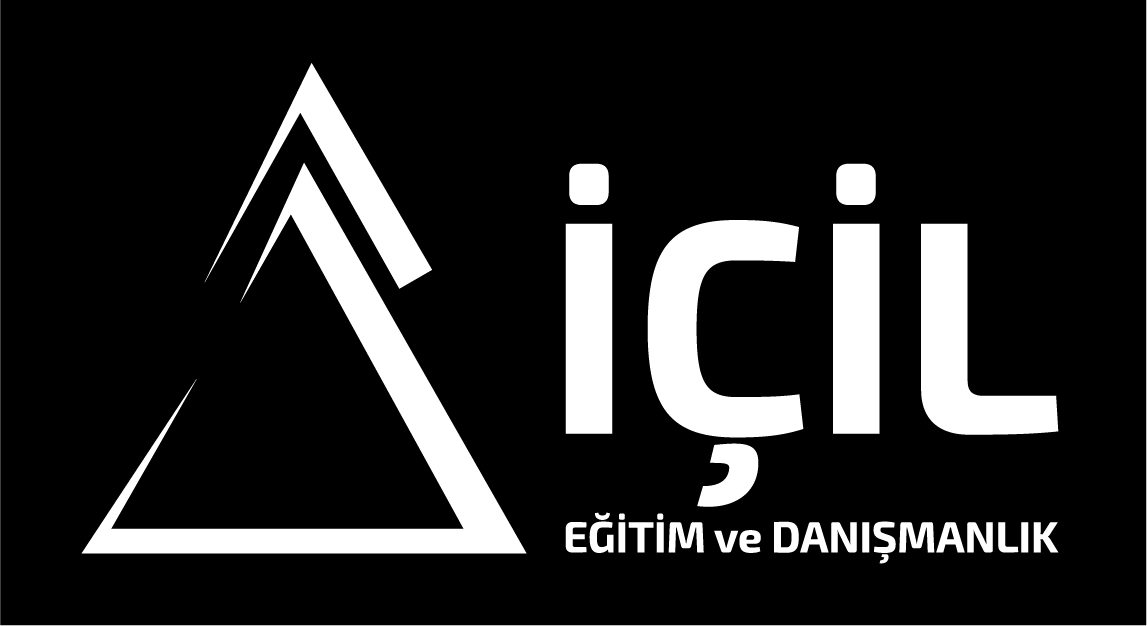The Intersection of Art and Technology
(My article published in Inc. Türkiye)
Art and technology, two forces that have shaped human history, are now more intertwined than ever before. In the age of digitalization, the boundaries between these two realms have blurred, fostering unprecedented collaborations between artists and technologists. Today, we witness this synergy in areas ranging from artificial intelligence to augmented reality, robotics to NFTs.
The Rise of Digital Art
Digitalization in the art world is no longer a novelty - it’s the new norm. Artists are harnessing AI and algorithms to create stunning works. For instance, the AI-generated painting Edmond de Belamy sold for $432,500 at Christie’s auction in 2018 marked a new era in the art world. Similarly, Refik Anadol’s groundbreaking works, blending media arts with data science and AI, exemplify how digitalization is reshaping creativity. Anadol doesn’t merely produce artworks; he transforms the abstract world of data into artistic narratives. His Machine Hallucinations series, which processes billions of images through AI algorithms, immerses viewers in a dreamlike experience.
Another revolutionary aspect of digital art is the rise of NFTs (non-fungible tokens), which use blockchain technology to verify the ownership and authenticity of digital works. NFTs not only ensure a piece's uniqueness in the digital realm but also offer artists new revenue models. For example, an artist can earn royalties from future resales of their NFT-based work, providing long-term financial benefits beyond the initial sale.
This digital transformation is driving profound changes in the traditional art world. While the tangible and timeless qualities of physical artworks remain a strong advantage, museums and galleries are now incorporating digital works into their collections, proving that traditional and digital art can coexist. Augmented reality enhanced exhibitions, for example, offer visitors both physical and digital experiences.
New Technological Tools for Artists
Technology is continually equipping artists with tools that expand the boundaries of their creativity.
Augmented reality (AR) and virtual reality (VR) allow artists to present their works in entirely new ways. AR-powered interactive installations let audiences feel as though they are stepping inside an artwork, while VR enables the creation of unique experiences in fully virtual worlds. These technologies redefine both the audience's experience and the artist's creative process.
AI-powered tools are also transforming artistic creation. Applications like DALL-E and MidJourney generate visuals, while platforms such as Runway and Sora create videos, enabling extraordinary concepts to come to life quickly. AI-based photo editing software and color correction tools reduce technical workloads, allowing artists to focus more on creativity. Additionally, AI-powered music composition tools like Suno are reshaping the music industry by offering new approaches to the creative process.
Robotics is another area making its mark on art. Ai-Da, the world’s first realistic robot artist, uses cameras in its eyes, AI algorithms, and a robotic arm to draw and paint. Since its creation in February 2019, Ai-Da has captivated audiences with its works that merge art, technology, and transhumanism. From sculpture to music, robots are playing an increasing role in the arts, raising ethical and philosophical questions such as, “Can a robot truly be creative?”
Art and Social Media
Platforms like Instagram and TikTok have become modern day galleries for artists. The rapid expansion of digital art allows artists to showcase their work and reach global audiences, democratizing art like never before. Today, an artist’s success isn’t solely determined by museum or gallery exhibitions but also by likes and comments from followers.
However, this new world of art presents challenges alongside its opportunities. Social media algorithms prioritize popularity, often overshadowing more original and experimental works. While short videos and trend-aligned content dominate, deeper, non-commercial creations may struggle to gain visibility. This pressure to cater to algorithms can influence the creative process, forcing artists to adapt their work for broader appeal.
Nonetheless, when used strategically, social media offers immense potential for artists. It enables them to connect with art enthusiasts worldwide, enable collaborations, discover sales opportunities, and build a larger following. Striking a balance between the commercialization of art and creative freedom will be critical for the future art ecosystem.
The Creativity of Artificial Intelligence
AI-generated art raises important debates about the nature of creativity and art itself. Are these works genuinely “creative,” or are they merely outputs of data-driven algorithms? While the lack of human touch casts doubt on their value, it’s undeniable that AI-generated art represents a new category of artistic expression. Moreover, questions around copyright and ethics remain central to discussions in this area.
The Future of Art
The future of art lies in the collaboration between humans and machines. As technology becomes a tool to amplify artists’ imagination, machines and algorithms are becoming integral to the creative process.
This collaboration is opening a new chapter in humanity’s story of creativity. Art and technology, each powerful in its own right, together unlock possibilities we couldn’t have imagined before. Future artists will not only express their creativity but also explore ways to turn technology into a human experience. Perhaps art, through this unique harmony between humans and machines, will continue to forever serve as a mirror to humanity's emotions and imagination.
Mustafa İÇİL

